Countries in the Mekong sub-region have been facing an increasingly complex and unpredictable drug threat, seriously affecting the socio -economic development and social order and safety of each country.
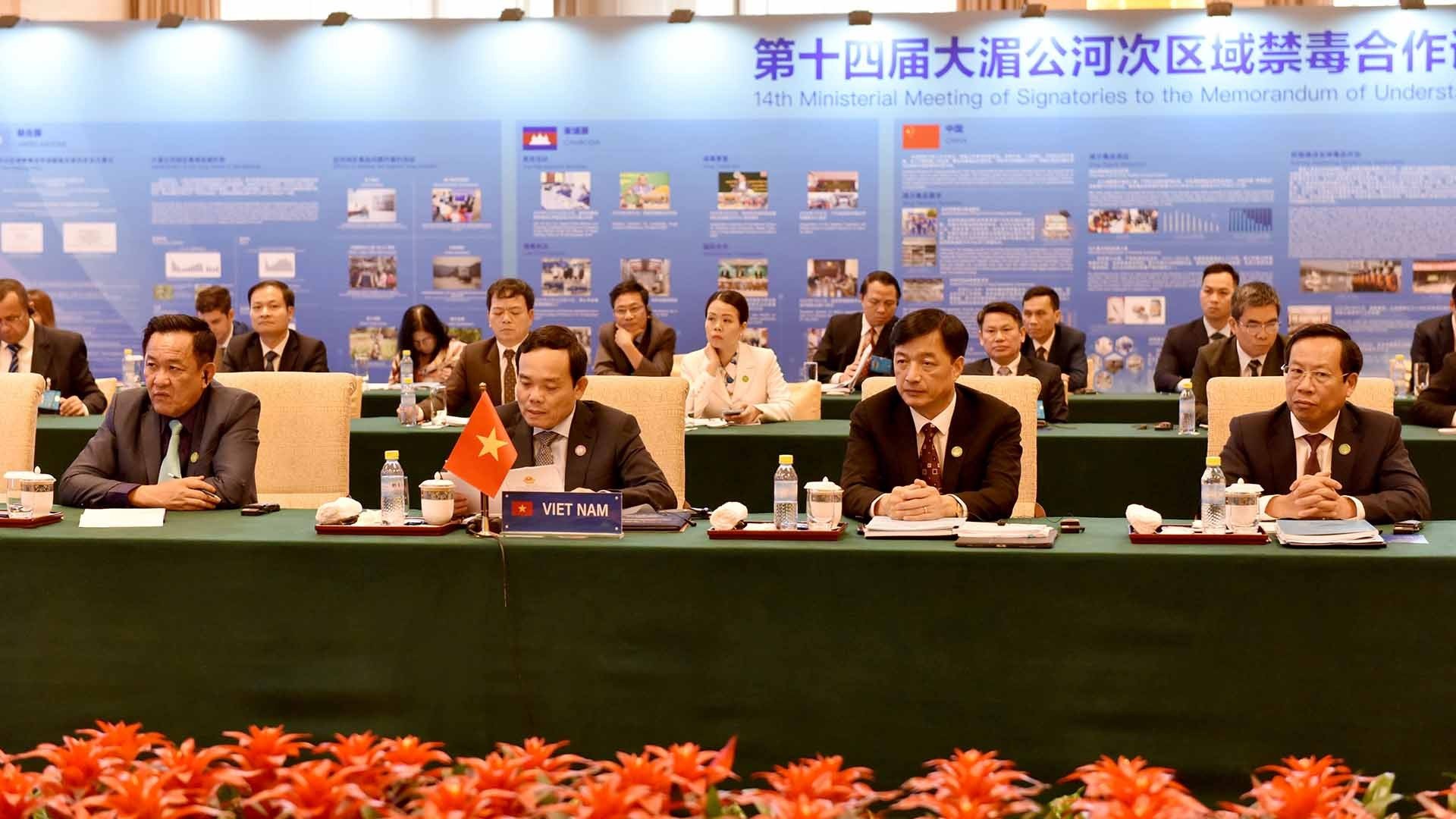 |
| Deputy Prime Minister Tran Luu Quang led a high-ranking Vietnamese delegation to attend the 14th Conference of the National Committee Chairs within the framework of the 1993 Cooperation Agreement on Drug Prevention and Control in the Mekong Sub-region, on September 6, in Beijing, China. (Source: VNA) |
The Mekong sub-region, comprising six countries: China, Cambodia, Myanmar, Laos, Thailand and Vietnam, is a region with development potential, dynamic economies and an important geostrategic location.
Cooperation to deal with the "Golden Triangle" threat
Tuy nhiên, các quốc gia trong khu vực tiểu vùng đã và đang phải đối mặt với hiểm họa ma tuý ngày càng phức tạp, ảnh hưởng nghiêm trọng tới phát triển kinh tế - xã hội, trật tự an toàn xã hội ở mỗi nước. Đặc biệt, khu vực “Tam giác vàng”, nằm sát biên giới các nước Lào, Myanmar, Thái Lan, được xác định là nguồn cung ma túy lớn thứ hai trên thế giới , hàng năm cung cấp ra thị trường trên 80 tấn heroine và hàng nghìn tấn ma túy tổng hợp các loại.
Realizing the danger of drug menace and aiming to further strengthen cooperation in the field of drug prevention and control, in 1993, the Mekong sub-region countries: Laos, Myanmar, Thailand, China and the United Nations Office on Drugs and Crime (UNODC) signed the Agreement on Cooperation in Drug Prevention and Control (MOU 1993), establishing the foundation and mechanism for cooperation in drug prevention and control among the Mekong sub-region countries.
The main objective of the 1993 MOU is to address the growing illicit drug production and trafficking, through the establishment of a common cooperation mechanism in the Sub-region to eradicate opium poppy cultivation, prevent trafficking in narcotic drugs and precursor chemicals for drug production and reduce the demand for narcotic drugs.
The 1993 MOU affirmed the countries' commitment to promoting cooperation in the fight against drugs, correctly recognizing the situation and development trends of the production, use and illegal trafficking of drugs, as well as recognizing the importance of international cooperation in drug prevention and control activities.
According to Jeremy Douglas, Chief Representative of the United Nations Office on Drugs and Crime for Asia and the Pacific, in 2022, the East and Southeast Asia regions seized more than 151 tons of drugs of all kinds, mainly synthetic drugs; seized 27.4 tons of ketamine - a dangerous and popular synthetic drug in 2022, an increase of 167% compared to 2021.
Expanding Agreement membership
At the first MOU Conference at the National Committee Chairman level held in Beijing, China in 1995, Vietnam and Cambodia officially became members of the 1993 MOU under the 1995 Amendment Protocol. Since then, the members of the 1993 MOU include Laos, Cambodia, Myanmar, Thailand, China, Vietnam and UNODC.
Since 1995, MOU Conferences have been held in rotation among member countries with the mechanism of Senior Officials' Conferences held annually and National Committee Chairman's Conferences held every two years. At these conferences, countries shared the results of drug prevention and control work and adopted Sub-regional Action Plans on drug prevention and control. To date, 11 Sub-regional Action Plans have been adopted.
At the MOU Conference at the National Committee Chairman level held in Beijing, China in 1995, a Sub-regional Action Plan on Drug Control, including 11 projects with a total funding of over 15 million USD, was signed and approved. Since 1995, the total budget for funding for projects within the framework of the Sub-regional Action Plan has reached nearly 30 million USD. In 2018, the 10th Sub-regional Action Plan for the period 2016-2018 has mobilized nearly 4 million USD.
The subregional action plan essentially covers four priority areas of cooperation, namely: drugs and health; law enforcement cooperation; international cooperation in legal matters; and Sustainable Alternative Development.
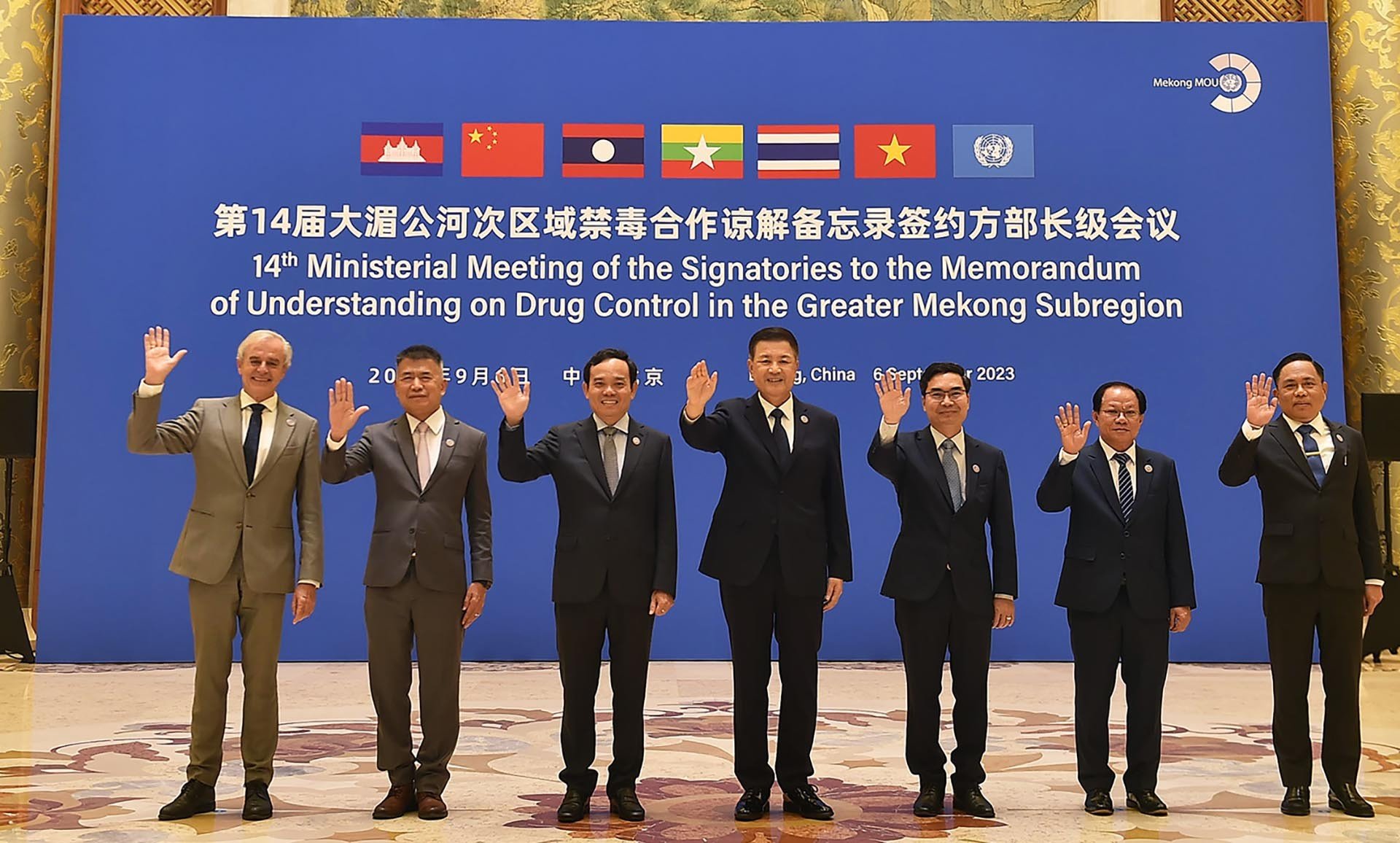 |
| Heads of delegations from countries and UNODC attending the Conference. (Source: VGP) |
Vietnam's active participation
Since officially joining the MOU1993 Agreement in 1995, Vietnam has always been an active member, with many initiatives contributing to the implementation of the MOU1993 and the Agreement's action plans as well as bilateral cooperation with member countries, especially members sharing common borders.
In May 2015, Vietnam hosted MOU1993. The conference was attended by representatives from six member countries including Cambodia, Laos, Myanmar, Thailand, China and Vietnam, as well as representatives of UNODC.
In addition, since 2016, Vietnam has actively participated in the Safe Mekong Action Plan (SMCC), an initiative jointly initiated by China and Thailand in 2013 to address illegal drug trafficking in the “Golden Triangle” and other hotspots in the region. The SMCC operates on a rotational basis. In 2023, the SMCC will be located at the headquarters of the Drug Crime Investigation Police Department in Hanoi and will be operational from February 7 to April 9, 2023. By participating in the MOU1993, Vietnam has always shown its goodwill, determination and commitment to strengthening cooperation with the United Nations Office on Drugs and Crime, the Mekong sub-region countries and other countries around the world.
Speaking at the 14th Conference of the National Committee on Drug Prevention and Control of the Mekong Subregion held in Beijing, China on the afternoon of September 6, Deputy Prime Minister Tran Luu Quang assessed that over the past 30 years, the Mekong Subregion cooperation mechanism on drug prevention and control has achieved important results, contributing to ensuring security and order, promoting socio-economic development, eliminating hunger, reducing poverty and improving the quality of life of people in member countries.
Fulfilling its membership responsibilities, the Vietnamese Government has issued macro-level policies with long-term goals, including the National Drug Prevention and Control Program for the 2021-2025 period and the national drug prevention and control strategy with long-term goals and a vision to 2030.
Along with strengthening law enforcement, Vietnam is innovating in implementing propaganda and education prevention work. In addition, Vietnam promotes cooperation with countries in the region and around the world to solve the drug problem; always supports and actively participates in regional cooperation frameworks as well as cooperation mechanisms with partner countries and international organizations.
To effectively deal with the drug threat, Vietnam has been promoting comprehensive solutions, giving high priority to implementing solutions to effectively prevent the illegal buying, selling and transporting of drugs across borders by road, water and air.
Vietnam is synchronously implementing solutions for propaganda and education on prevention, diversifying and socializing drug addiction treatment models... In addition to domestic efforts, Vietnam promotes close cooperation with other countries, especially with countries that have signed bilateral cooperation agreements on drug prevention and control and share borders with China, Laos, and Cambodia. Vietnam always stands side by side with the Mekong Sub-region member countries to seriously implement the commitments and agreements reached, striving for the common goal of peace, stability, prosperous development and building a drug-free region.
From September 5-7, at the invitation of the Chinese Government, Deputy Prime Minister Tran Luu Quang, Chairman of the National Committee for AIDS, Drug and Prostitution Prevention and Control, led a high-ranking Vietnamese delegation to attend the 14th Conference of the National Committee Chairmen within the framework of the 1993 Cooperation Agreement on Drug Prevention and Control in the Mekong Sub-region in Beijing, China. The conference took place on the occasion of the 30th anniversary of the signing of the Agreement on Drug Prevention and Control between the countries in the Mekong sub-region and UNODC. Therefore, this conference in Beijing, China is of great significance. Participating in the conference, the governments of the Mekong sub-region countries, including Vietnam, expressed their strong commitment to cooperation and solving the drug problem in the region and the world. The conference adopted three documents, including: the 12th sub-regional action plan, the Beijing Joint Declaration and China's Initiative on addressing the problem of synthetic drugs in the Mekong sub-region. Within the framework of the Conference, on September 5, Deputy Prime Minister Tran Luu Quang met with Chinese Minister of Public Security Wang Xiaohong - Chairman of the National Commission for Drug Prevention and Control of China. |
Source












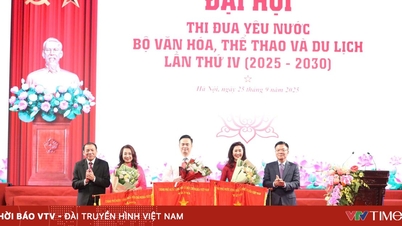

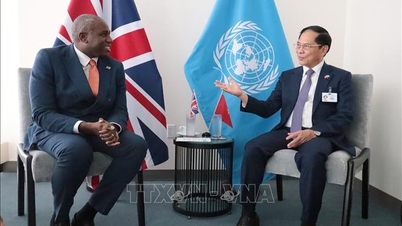

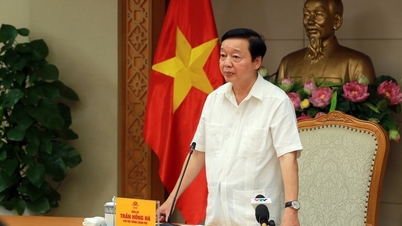




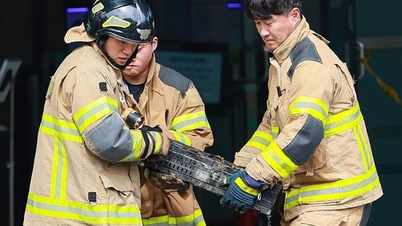



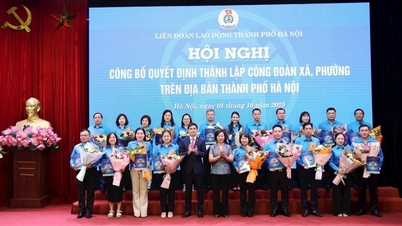





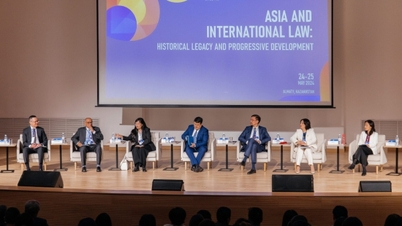
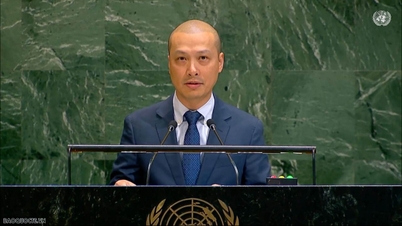
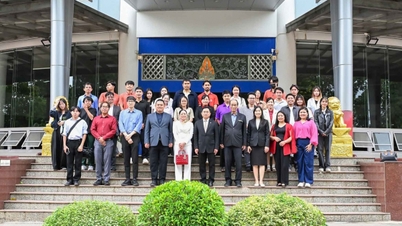


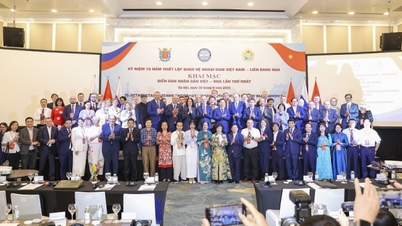

















































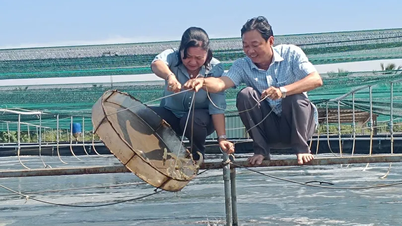

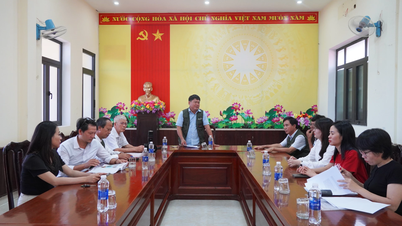

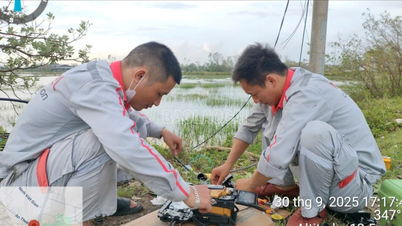

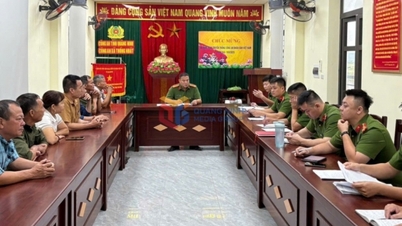














Comment (0)